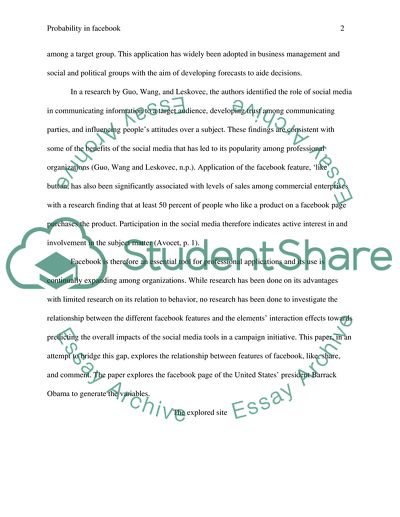Cite this document
(Probability in Facebook: Like and Share Feature Case Study, n.d.)
Probability in Facebook: Like and Share Feature Case Study. Retrieved from https://studentshare.org/media/1787310-probability-in-facebook
Probability in Facebook: Like and Share Feature Case Study. Retrieved from https://studentshare.org/media/1787310-probability-in-facebook
(Probability in Facebook: Like and Share Feature Case Study)
Probability in Facebook: Like and Share Feature Case Study. https://studentshare.org/media/1787310-probability-in-facebook.
Probability in Facebook: Like and Share Feature Case Study. https://studentshare.org/media/1787310-probability-in-facebook.
“Probability in Facebook: Like and Share Feature Case Study”, n.d. https://studentshare.org/media/1787310-probability-in-facebook.


